Detailed content
Signal type: Supports multiple analog signal types, such as 4-20mA, 0-10V, etc
Input/output channels: may have multiple analog input and output channels, supporting simultaneous acquisition and output of multiple analog signals
Acquisition accuracy: High precision signal acquisition function, capable of real-time acquisition and processing of various types of analog signals
Communication capability: Supports multiple communication protocols and can effectively communicate and integrate with various devices and systems
Programming method: Using concise programming languages such as ladder diagrams, logic diagrams, or statement tables, supporting online modification of programs
Functional Features
Data collection and monitoring: capable of collecting various analog signals, such as temperature, pressure, flow rate, etc., to monitor key parameters in industrial processes.
Process control: In control systems, it is used to control and regulate analog signals to maintain the stability of industrial processes.
Signal conversion and processing: Convert the analog signal output by the sensor into a digital signal for processing, analysis, and transmission.
Data recording and analysis: Record historical data of analog signals for subsequent analysis and optimization.
Sensor interface: supports interaction with various sensors, actuators, and other devices, transmitting analog signals and actuator control.
Real time communication: Supports real-time communication function and enables fast and stable data exchange with the control system.
High reliability and stability: As a key component of industrial automation systems, it has high reliability and stability, and can operate stably for a long time in harsh industrial environments.
Application scenarios
The ABB PM511V08 analog communication module is widely used in various industrial automation and control systems, including but not limited to the following scenarios:
Production line: Used in the production line to monitor and control various process parameters, ensuring the stability and efficiency of the production process.
Mechanical equipment: In mechanical equipment, it is used to monitor the operating status and performance parameters of the equipment, achieve remote monitoring and fault diagnosis of the equipment.
Energy management: In energy management systems, it is used to collect and transmit energy usage data, providing data support for energy optimization and energy conservation.
Environmental monitoring: In the field of environmental monitoring, it is used to collect and transmit environmental parameter data, such as temperature, humidity, air quality, etc.
Instrumentation: In instrumentation, it is used to collect and process various measurement signals, such as pressure, temperature, and liquid level.

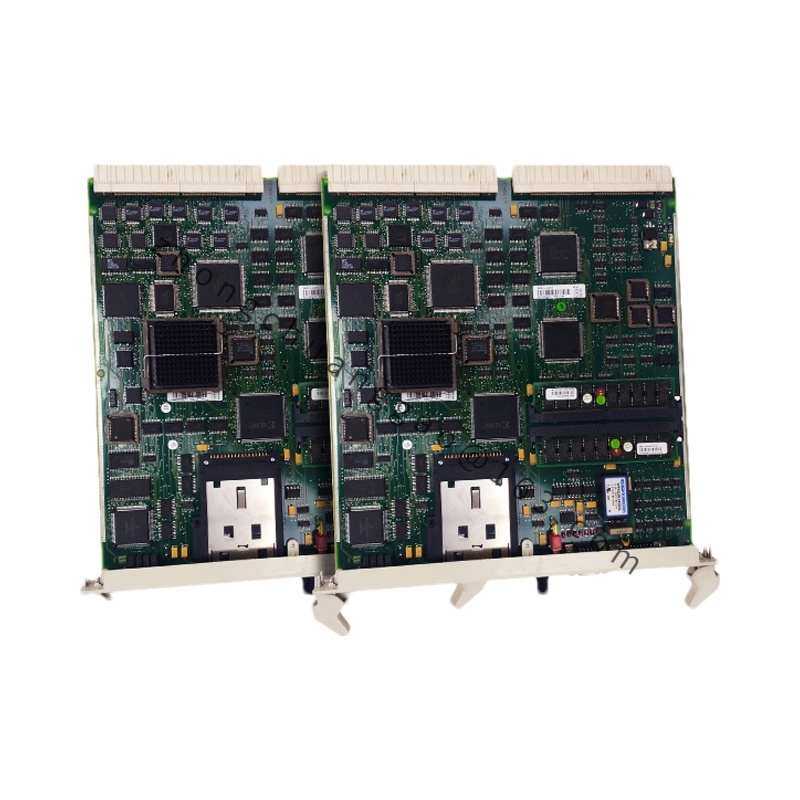
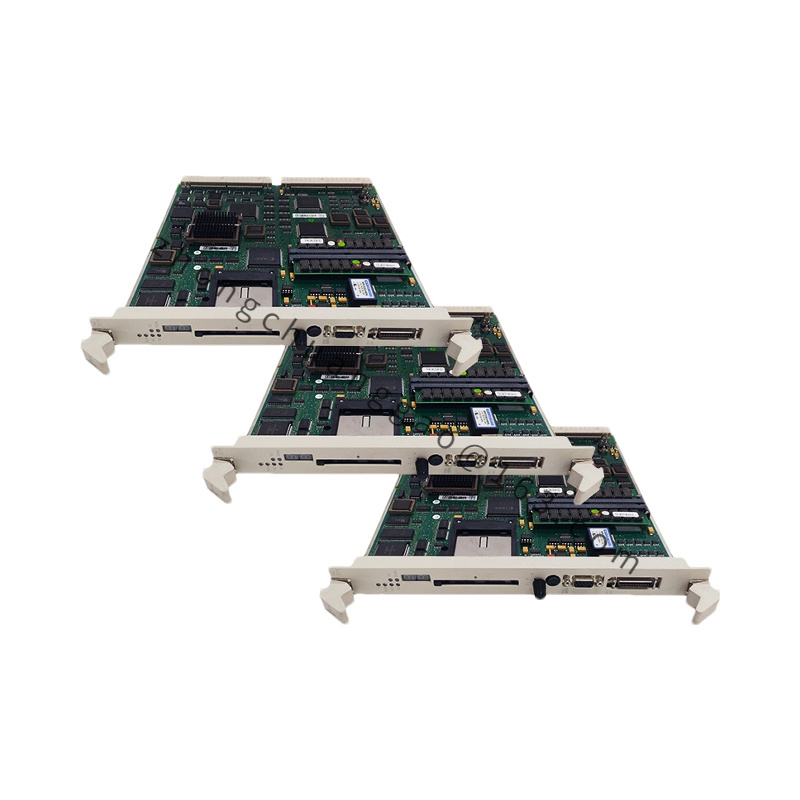
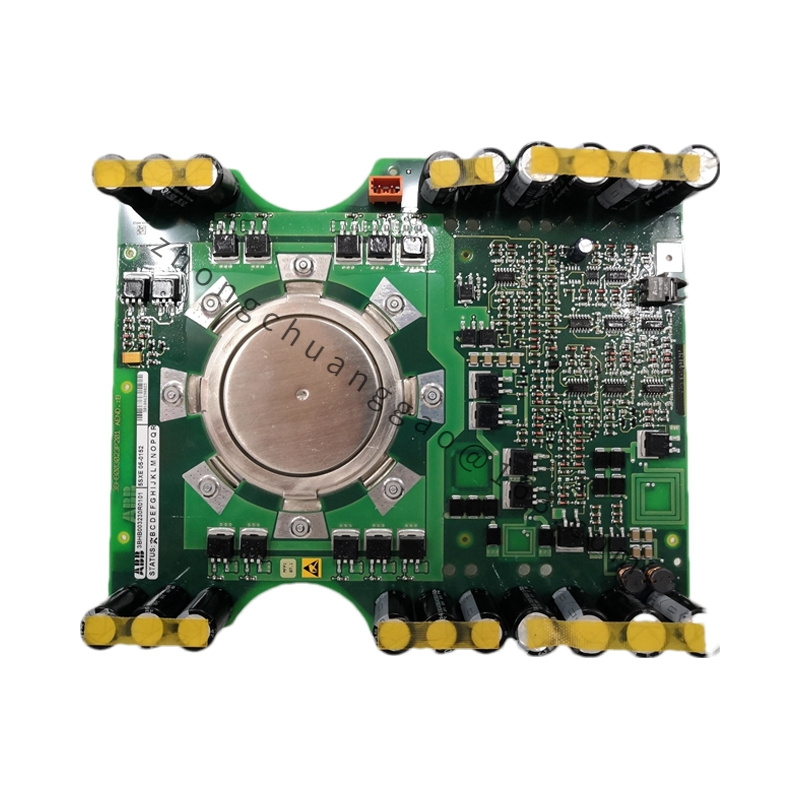
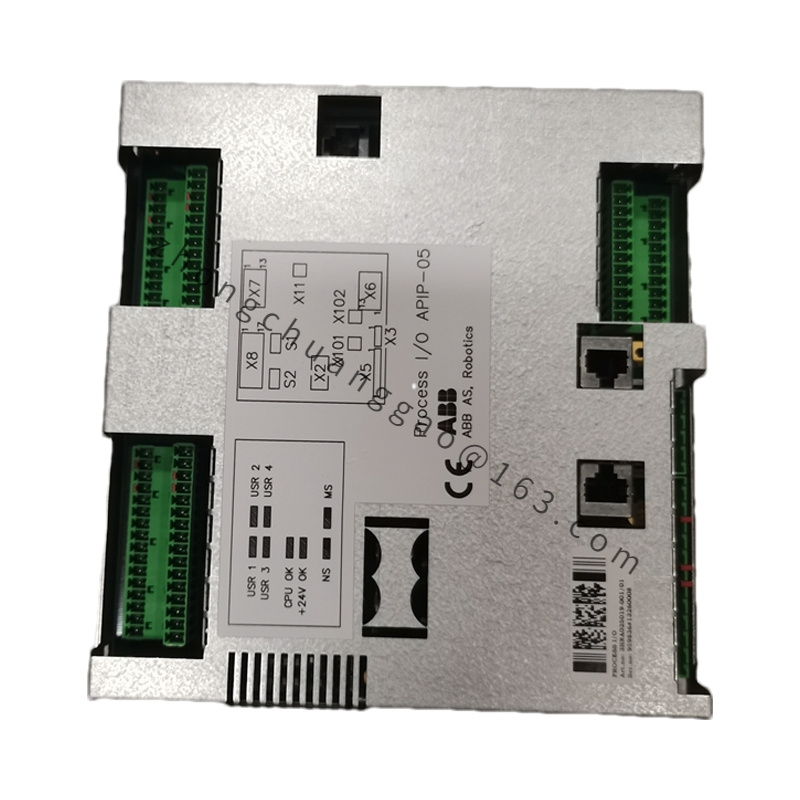
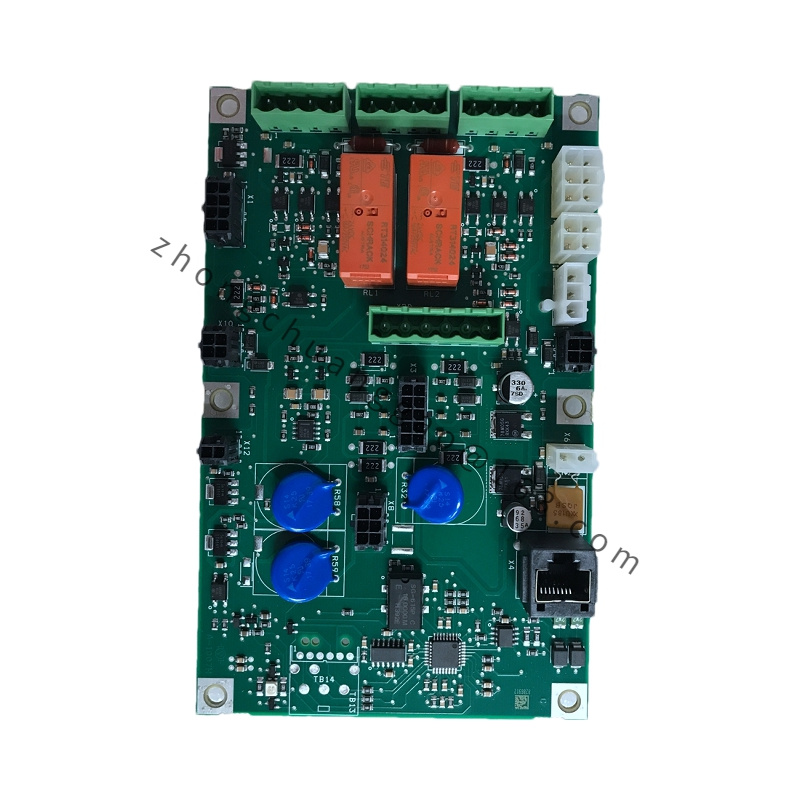
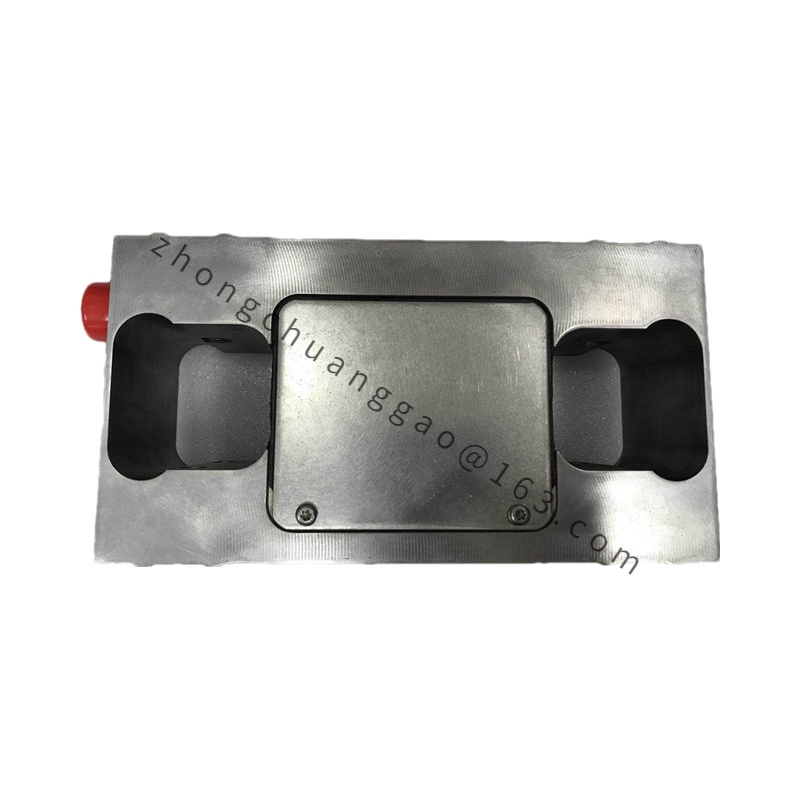
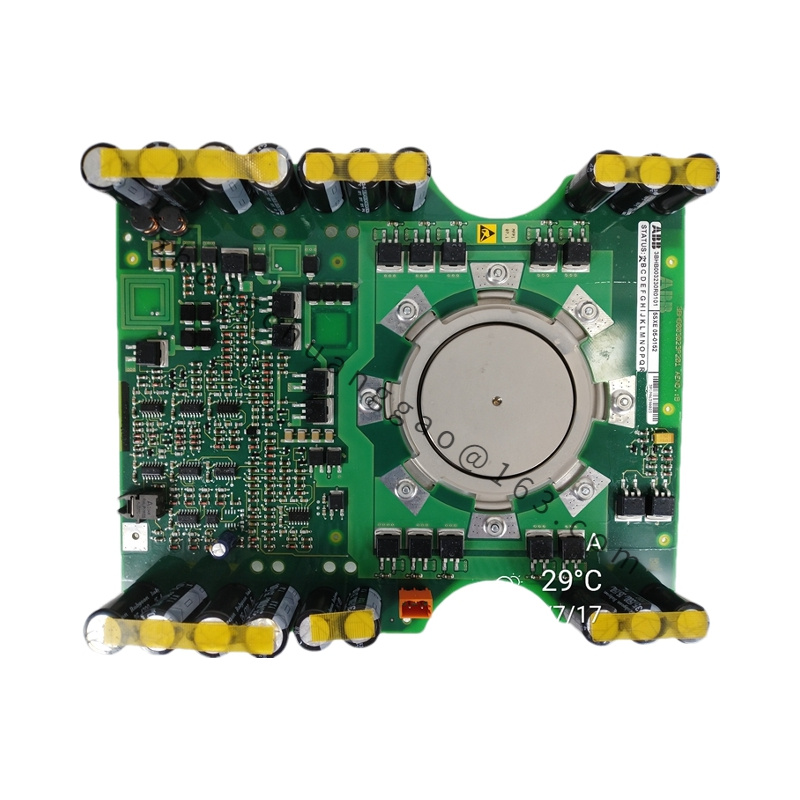
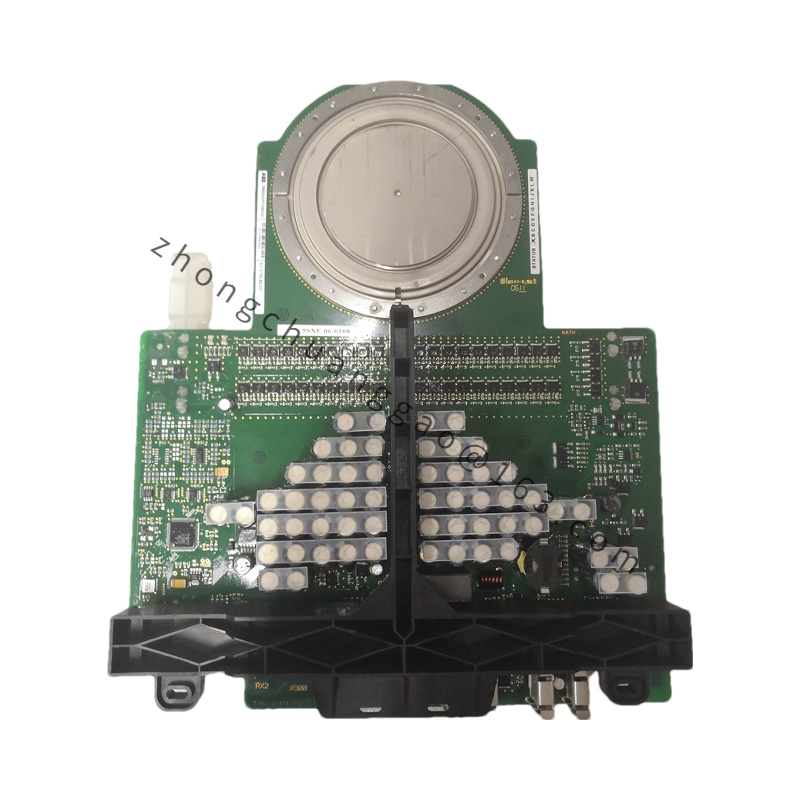
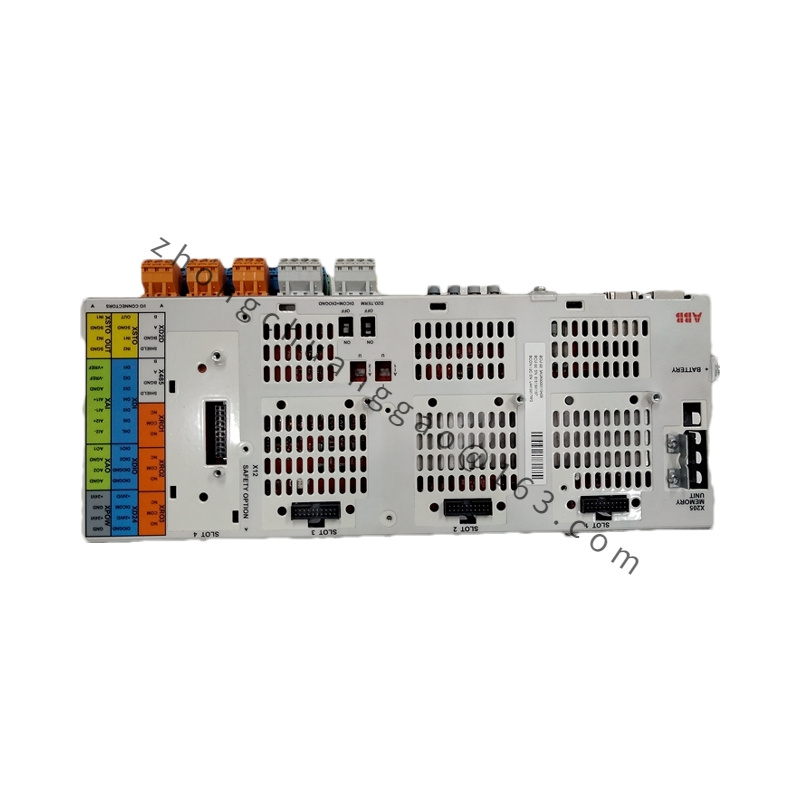
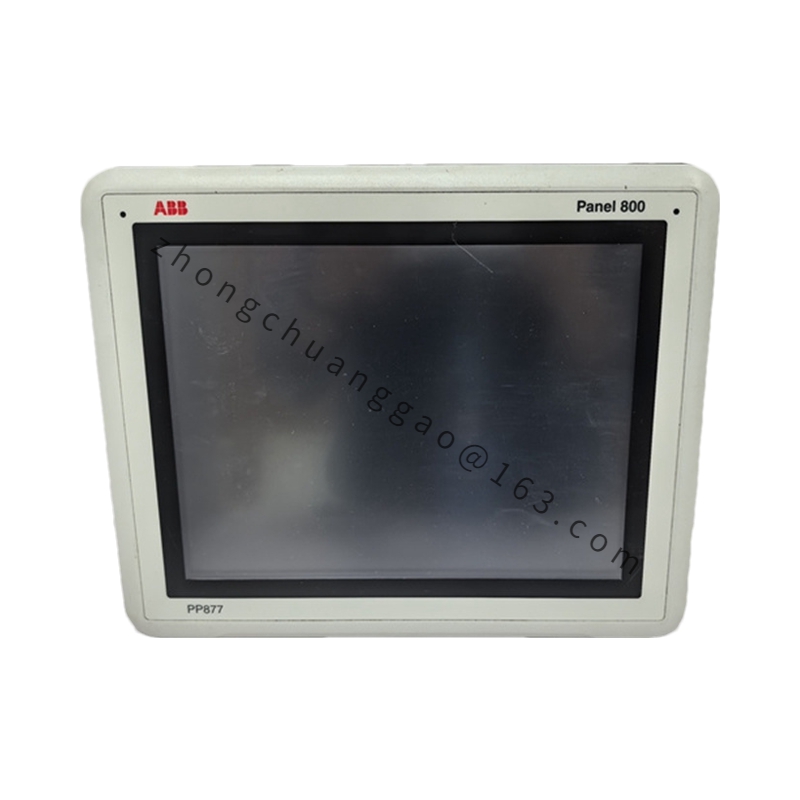

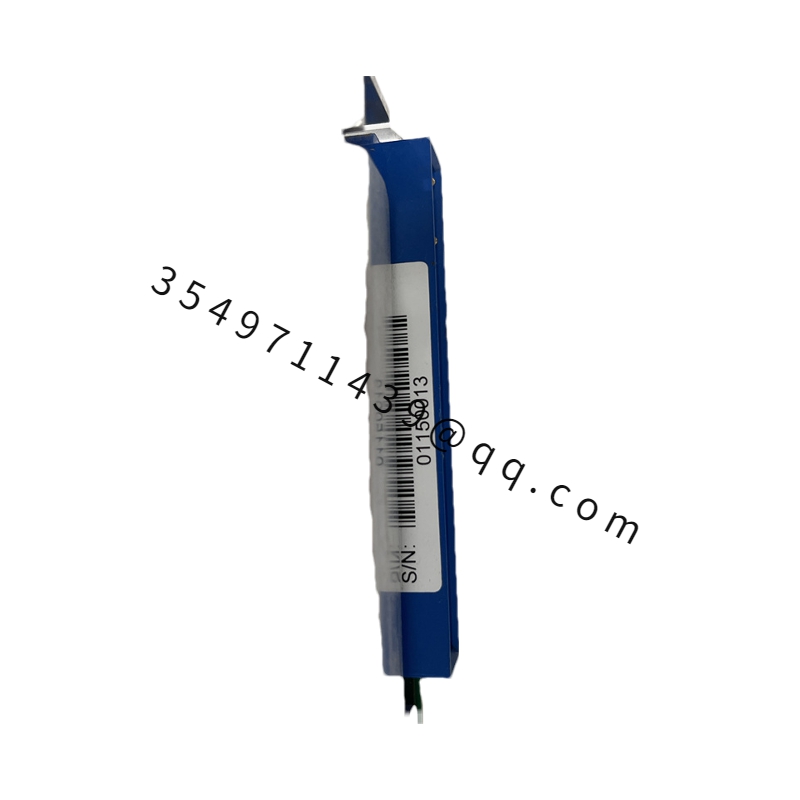
.jpg)
.jpg)